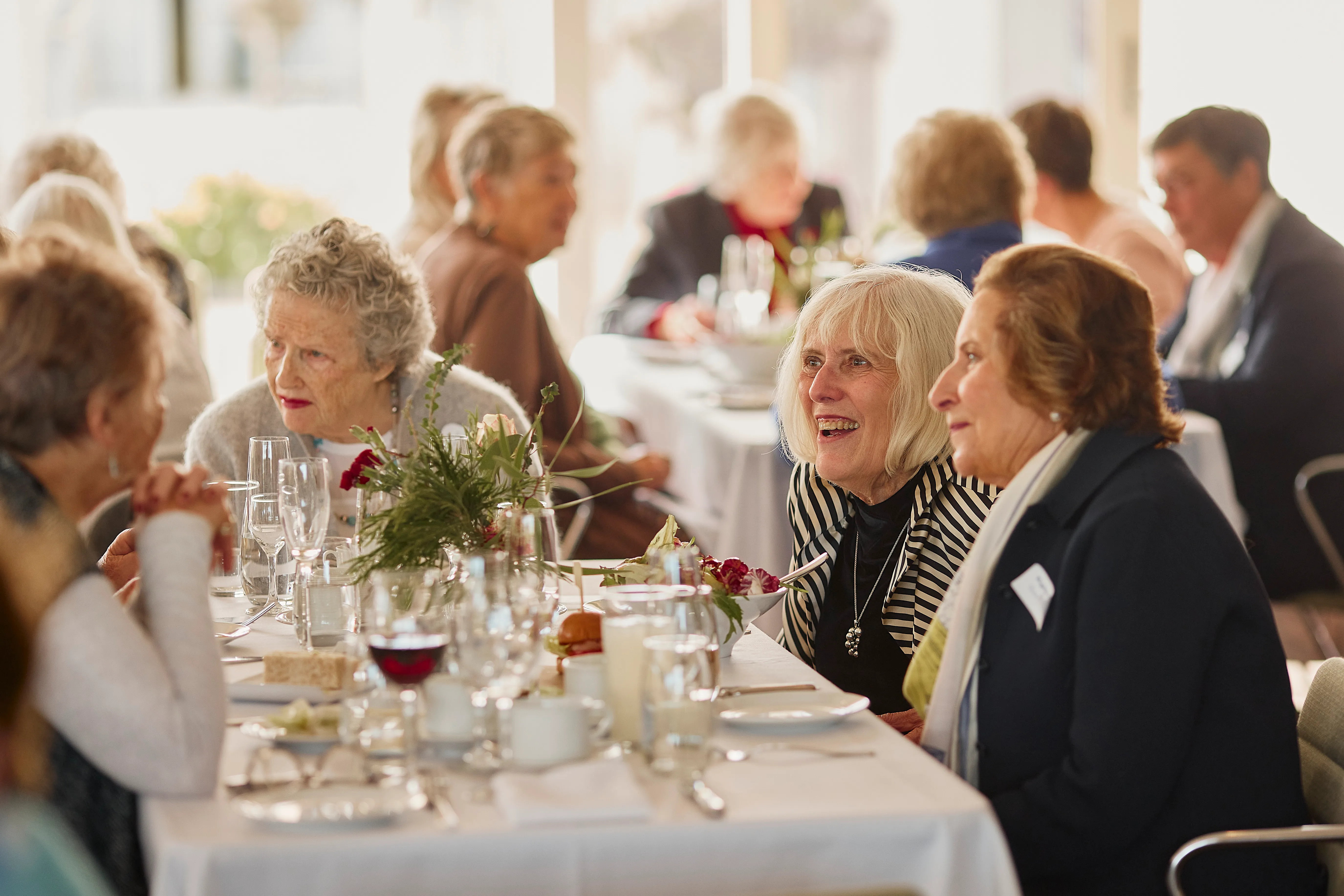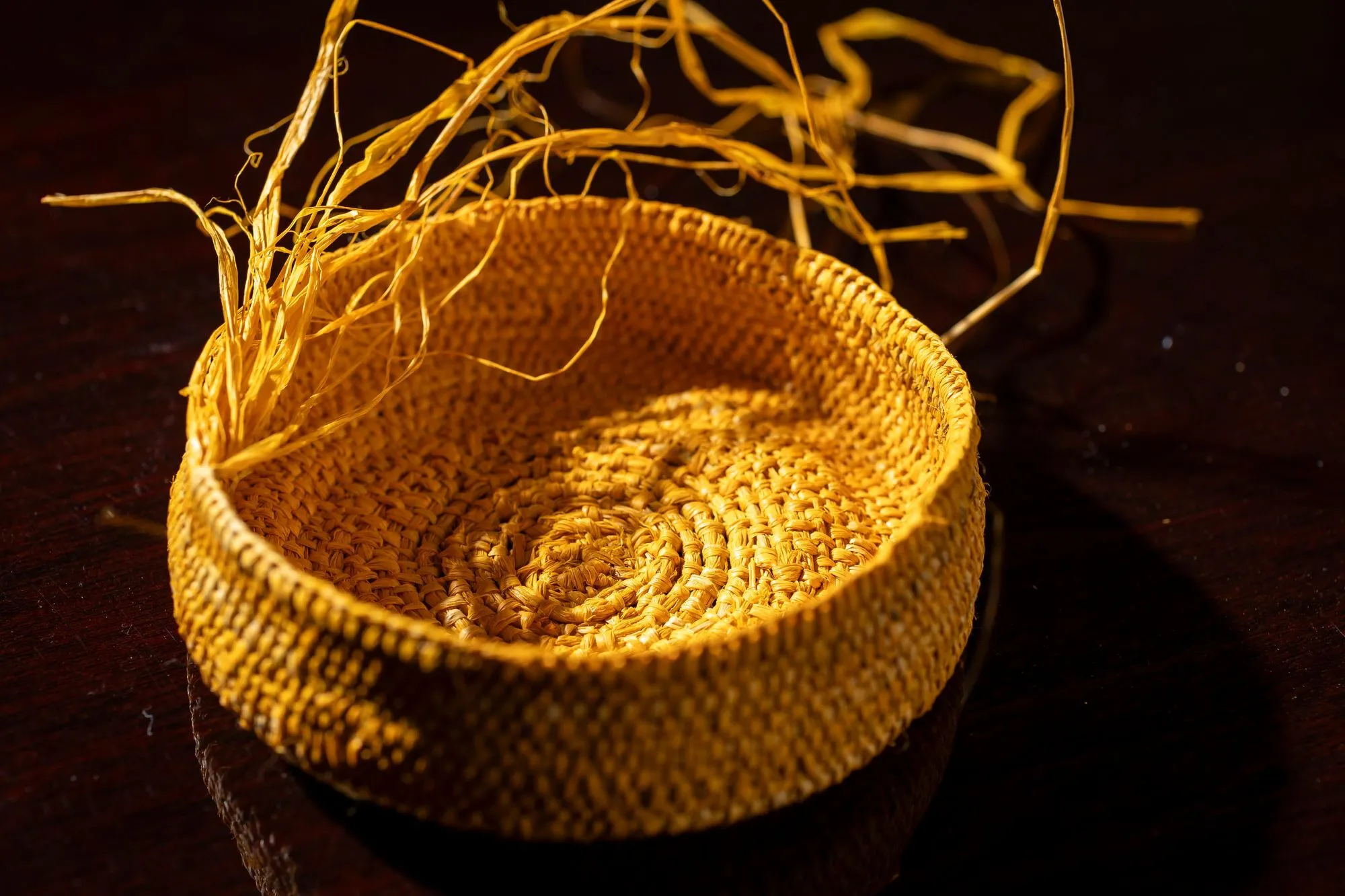

Weaving project by Year 9 student Madeleine Webster


Weaving project by Year 9 student Madeleine Webster
Together We Learn
“When looking in the mirror, turn the mirror around to Country. Country is us, and we are Country, no difference.”
– Marcus Mungul Lacey, Northeast Arnhem Land

We bear witness. We take responsibility. We are accountable.
These three phrases encapsulate our learning on Country with the Yolŋu people of East Arnhem Land. Each year, our Year 9 Grammarians sit down on Country and are immersed in First Nations' perspectives of seeing, being and knowing in a camp called Midawarr. Midawarr means ‘harvest’ in the Yolŋu Matha language. It is the season when rich plant life on Yolŋu Country is ready to be collected and prepared. Our School camp happens at this time of year – a time of abundance and a time when the land is brimming with food and resources. With generosity, the Yolŋu people welcome us with open hearts and minds to teach us lore, dance, language, art and weaving. They teach us what it means to live on and speak to the land, how to weave pandanus baskets, how the water tells its story of life through the fibres we weave, and we are invited to look at the world differently. Our Grammarians are shown how to harvest the pandanus and prepare it for weaving. They are taught how to carefully dye the fibre with natural dyes and mordants to fix the colours.
At Midawarr, many of us, myself included, fell in love with the Yolŋu technique of weaving and so, like any impactful learning, we have continued with our own volition. Each Wednesday at lunchtime a small group of dedicated Year 9 weavers meet in the Nina Crone Library to practise the craft of weaving taught to us at Midawarr. Our weaving takes many forms and many styles. At Weaving Club, we sit down, talk and share stories as we weave together, in a similar way that Indigenous women have done for thousands of years. I am delighted as Principal to share this time with Year 9 Grammarians, and I always return to my office refreshed and inspired. There is something quite magical in the repetition and mindfulness of the craft.
We bear witness. We take responsibility. We are accountable.
These three phrases encapsulate our learning on Country with the Yolŋu people of East Arnhem Land. Each year, our Year 9 Grammarians sit down on Country and are immersed in First Nations' perspectives of seeing, being and knowing in a camp called Midawarr. Midawarr means ‘harvest’ in the Yolŋu Matha language. It is the season when rich plant life on Yolŋu Country is ready to be collected and prepared. Our School camp happens at this time of year – a time of abundance and a time when the land is brimming with food and resources. With generosity, the Yolŋu people welcome us with open hearts and minds to teach us lore, dance, language, art and weaving. They teach us what it means to live on and speak to the land, how to weave pandanus baskets, how the water tells its story of life through the fibres we weave, and we are invited to look at the world differently. Our Grammarians are shown how to harvest the pandanus and prepare it for weaving. They are taught how to carefully dye the fibre with natural dyes and mordants to fix the colours.
At Midawarr, many of us, myself included, fell in love with the Yolŋu technique of weaving and so, like any impactful learning, we have continued with our own volition. Each Wednesday at lunchtime a small group of dedicated Year 9 weavers meet in the Nina Crone Library to practise the craft of weaving taught to us at Midawarr. Our weaving takes many forms and many styles. At Weaving Club, we sit down, talk and share stories as we weave together, in a similar way that Indigenous women have done for thousands of years. I am delighted as Principal to share this time with Year 9 Grammarians, and I always return to my office refreshed and inspired. There is something quite magical in the repetition and mindfulness of the craft.
We bear witness. We take responsibility. We are accountable.
These three phrases encapsulate our learning on Country with the Yolŋu people of East Arnhem Land. Each year, our Year 9 Grammarians sit down on Country and are immersed in First Nations' perspectives of seeing, being and knowing in a camp called Midawarr. Midawarr means ‘harvest’ in the Yolŋu Matha language. It is the season when rich plant life on Yolŋu Country is ready to be collected and prepared. Our School camp happens at this time of year – a time of abundance and a time when the land is brimming with food and resources. With generosity, the Yolŋu people welcome us with open hearts and minds to teach us lore, dance, language, art and weaving. They teach us what it means to live on and speak to the land, how to weave pandanus baskets, how the water tells its story of life through the fibres we weave, and we are invited to look at the world differently. Our Grammarians are shown how to harvest the pandanus and prepare it for weaving. They are taught how to carefully dye the fibre with natural dyes and mordants to fix the colours.
At Midawarr, many of us, myself included, fell in love with the Yolŋu technique of weaving and so, like any impactful learning, we have continued with our own volition. Each Wednesday at lunchtime a small group of dedicated Year 9 weavers meet in the Nina Crone Library to practise the craft of weaving taught to us at Midawarr. Our weaving takes many forms and many styles. At Weaving Club, we sit down, talk and share stories as we weave together, in a similar way that Indigenous women have done for thousands of years. I am delighted as Principal to share this time with Year 9 Grammarians, and I always return to my office refreshed and inspired. There is something quite magical in the repetition and mindfulness of the craft.
.png)
.png)
Collecting pandanus leaves for weaving

.png)
.png)
Collecting pandanus leaves for weaving


Alexandra Chan and Amelie Crawford learning the art of weaving


Weaving project by Year 9 student Madeleine Webster


Clementine Horgan, Stephanie Adamson, Scarlett Troise, Demi Kerlidis, Stella Kephala working on their weaving projects.
The art of weaving has a long history in Arnhem Land as evidenced by the many depictions of fibre objects in the rock art of the escarpment plateaus. There are also spiritual dimensions to weaving, which vary according to the materials used and the totemic significance of the object made. We are honoured to learn and improve our skills in an ancient Australian art form. We do so with reverence and respect.
We acknowledge and respect the Yolŋu people of East Arnhem Land, where our Midawarr Year 9 Camp is situated, through the shared connection to Country and Culture that is extended to us.
We acknowledge Aboriginal and Torres Strait Islander communities, Elders and guiding ancestors from across this land and sea and we commit to creating a balanced future together.
We hold deep gratitude for Wurundjeri Woi-wurrung and Bunurong peoples of the Great Kulin Nations where we work, learn and play at MGGS.
Dr Toni E. Meath
Principal
The art of weaving has a long history in Arnhem Land as evidenced by the many depictions of fibre objects in the rock art of the escarpment plateaus. There are also spiritual dimensions to weaving, which vary according to the materials used and the totemic significance of the object made. We are honoured to learn and improve our skills in an ancient Australian art form. We do so with reverence and respect.
We acknowledge and respect the Yolŋu people of East Arnhem Land, where our Midawarr Year 9 Camp is situated, through the shared connection to Country and Culture that is extended to us.
We acknowledge Aboriginal and Torres Strait Islander communities, Elders and guiding ancestors from across this land and sea and we commit to creating a balanced future together.
We hold deep gratitude for Wurundjeri Woi-wurrung and Bunurong peoples of the Great Kulin Nations where we work, learn and play at MGGS.
Dr Toni E. Meath
Principal
The art of weaving has a long history in Arnhem Land as evidenced by the many depictions of fibre objects in the rock art of the escarpment plateaus. There are also spiritual dimensions to weaving, which vary according to the materials used and the totemic significance of the object made. We are honoured to learn and improve our skills in an ancient Australian art form. We do so with reverence and respect.
We acknowledge and respect the Yolŋu people of East Arnhem Land, where our Midawarr Year 9 Camp is situated, through the shared connection to Country and Culture that is extended to us.
We acknowledge Aboriginal and Torres Strait Islander communities, Elders and guiding ancestors from across this land and sea and we commit to creating a balanced future together.
We hold deep gratitude for Wurundjeri Woi-wurrung and Bunurong peoples of the Great Kulin Nations where we work, learn and play at MGGS.
Dr Toni E. Meath
Principal


Clementine Horgan receiving help with her project.



Clementine Horgan receiving help with her project.


Misha Thornton and her circular weaving project.





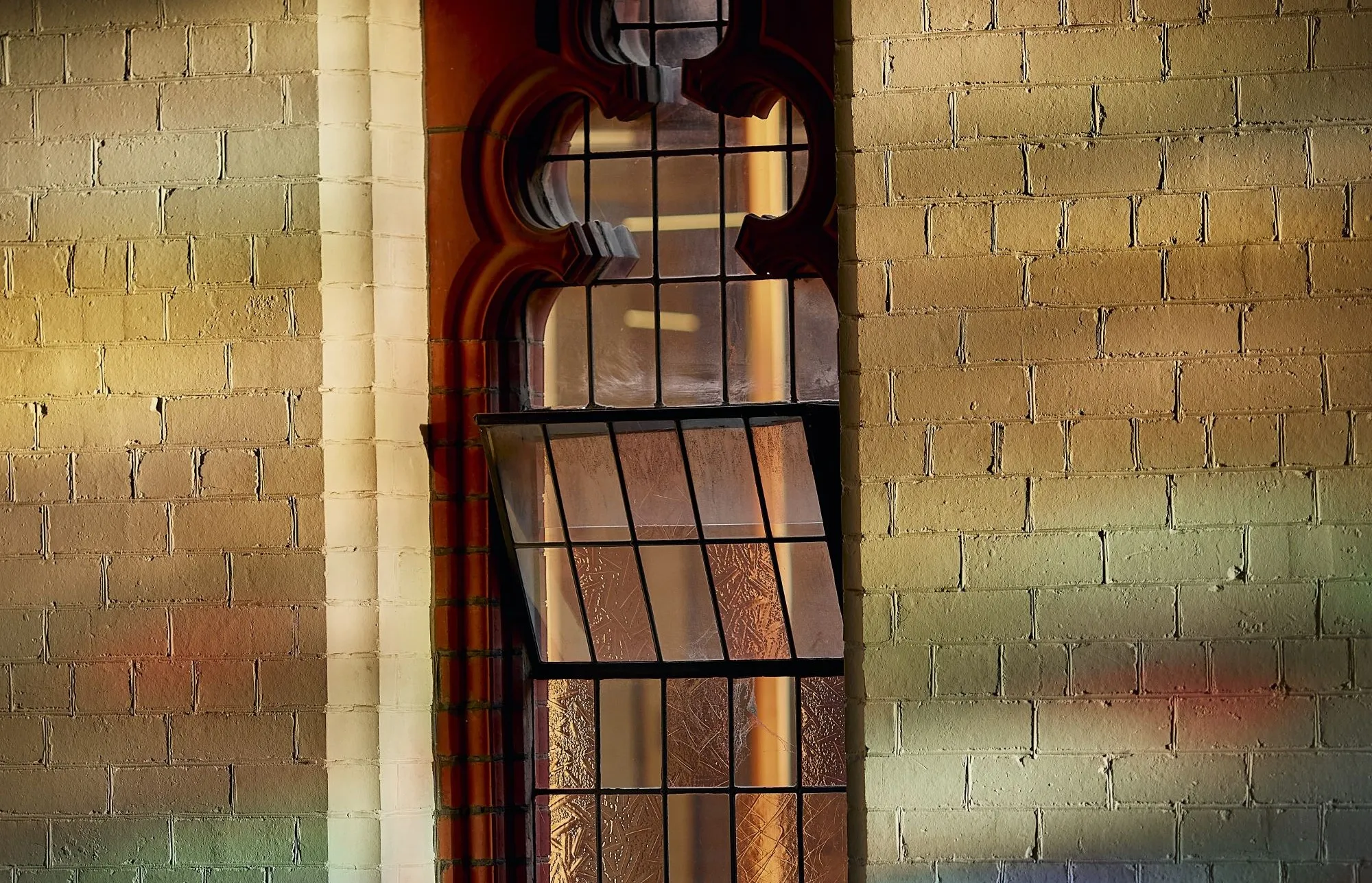
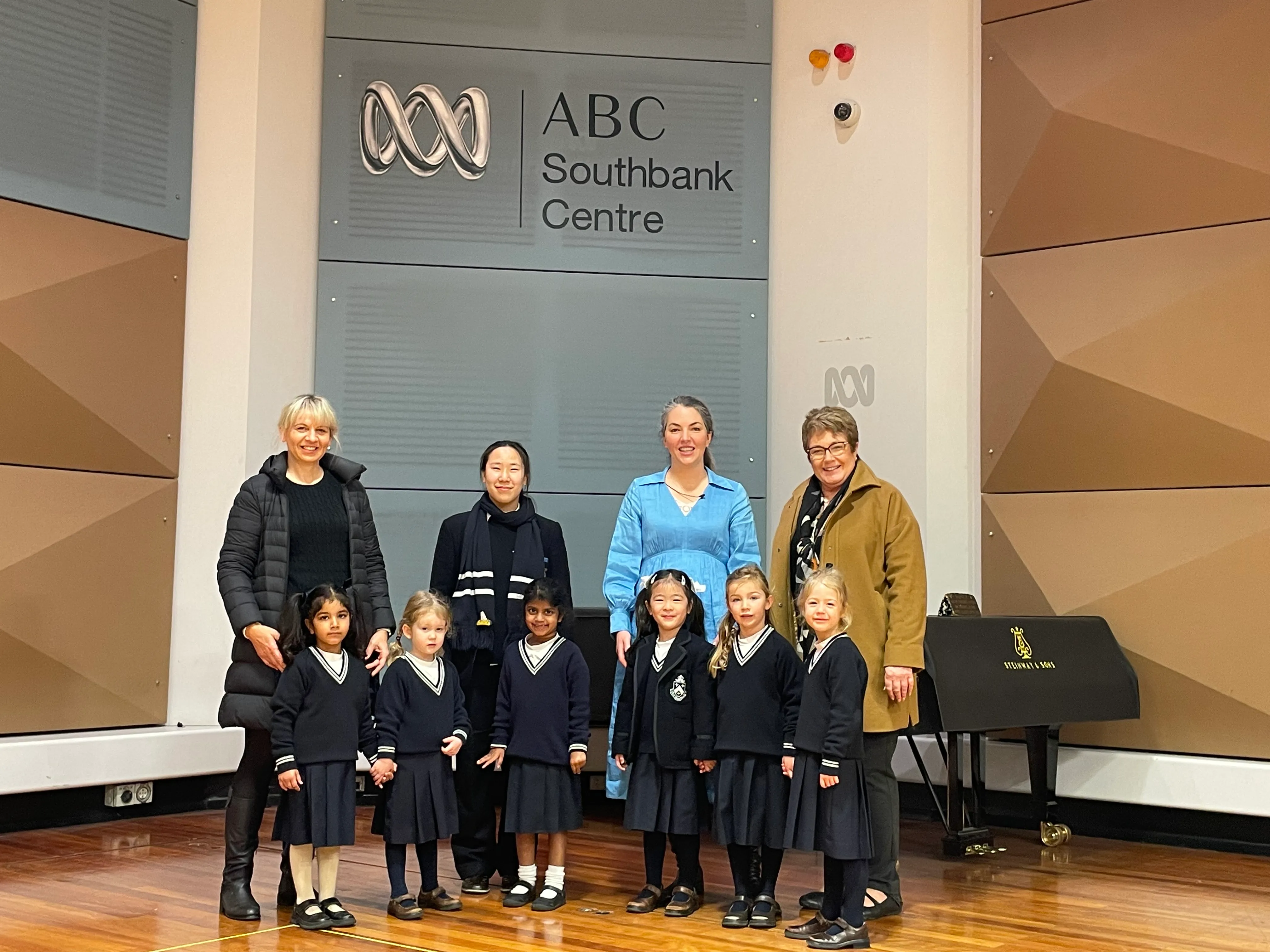

.jpg)

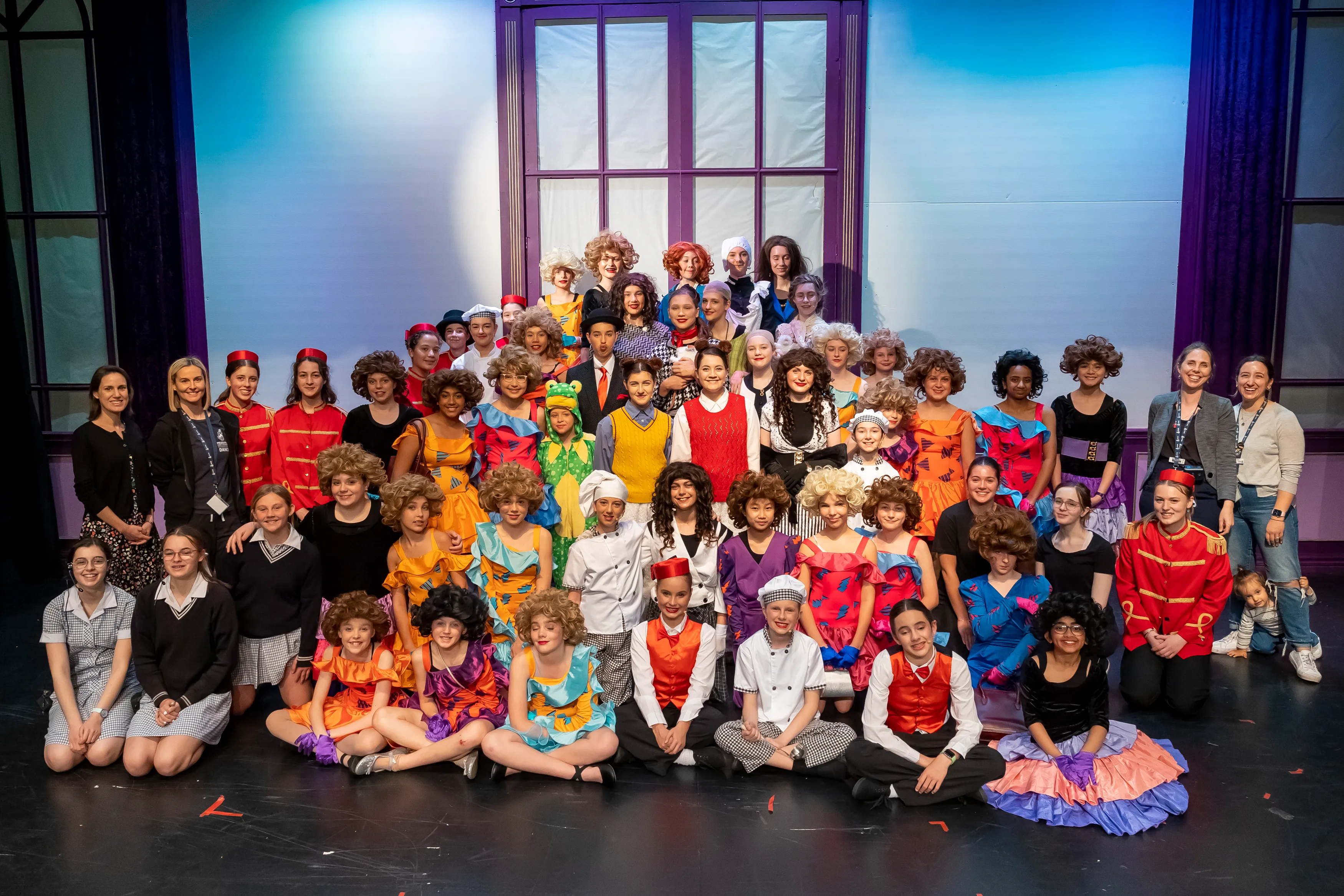
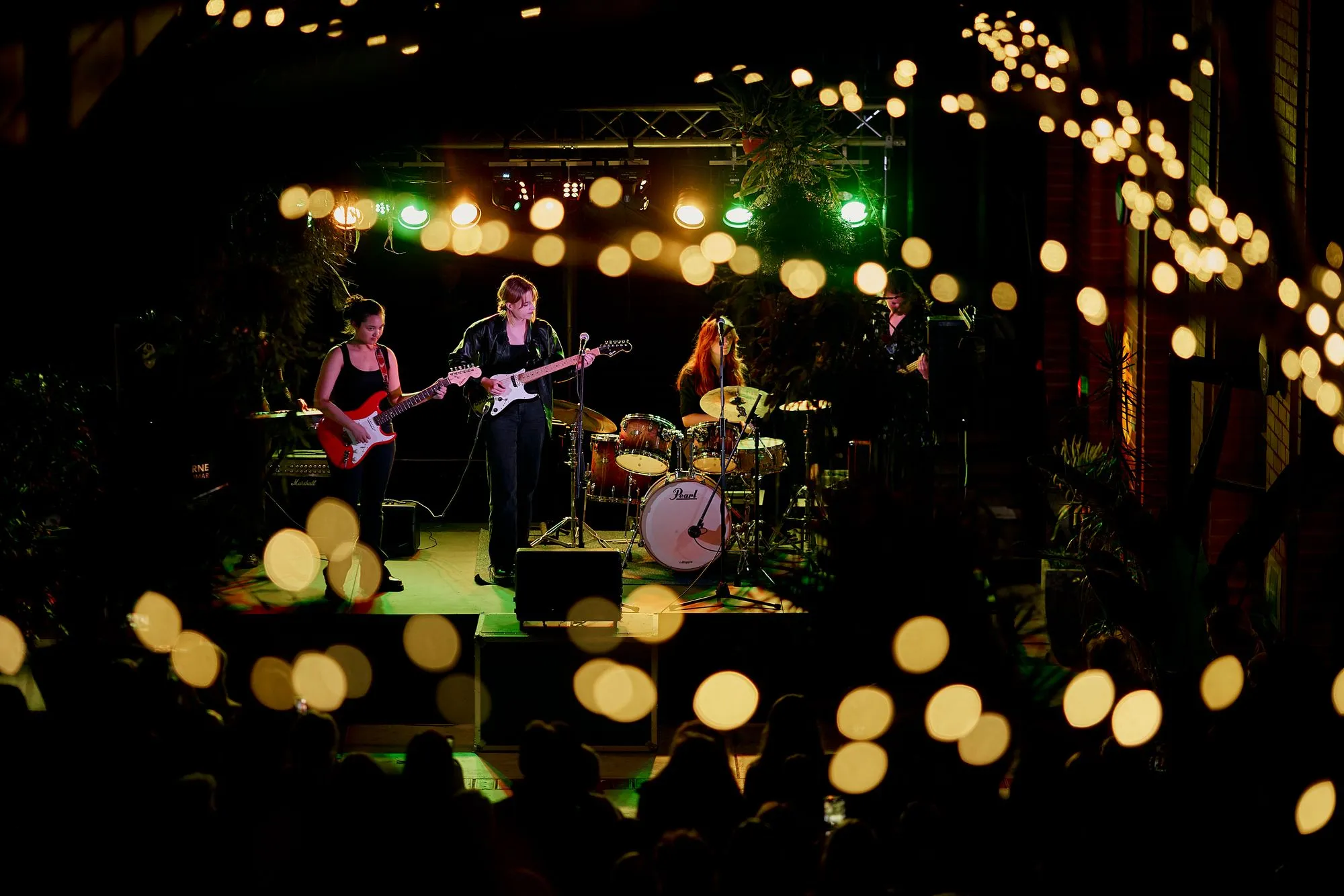

.webp)

